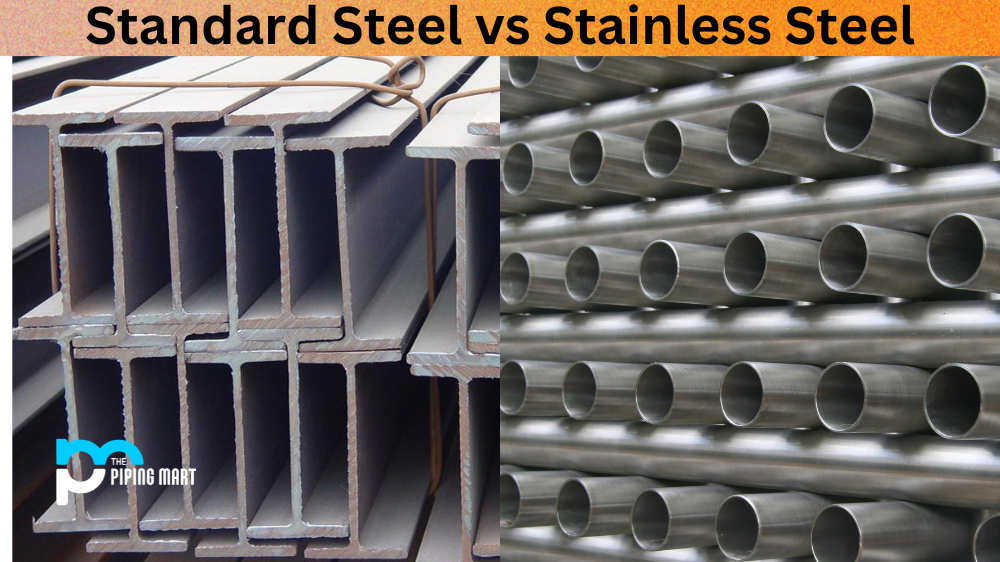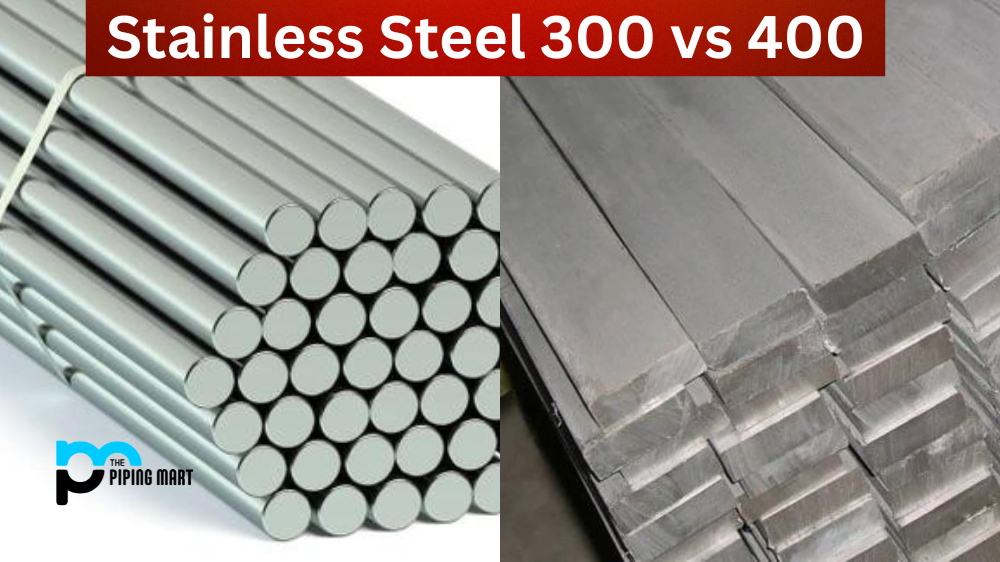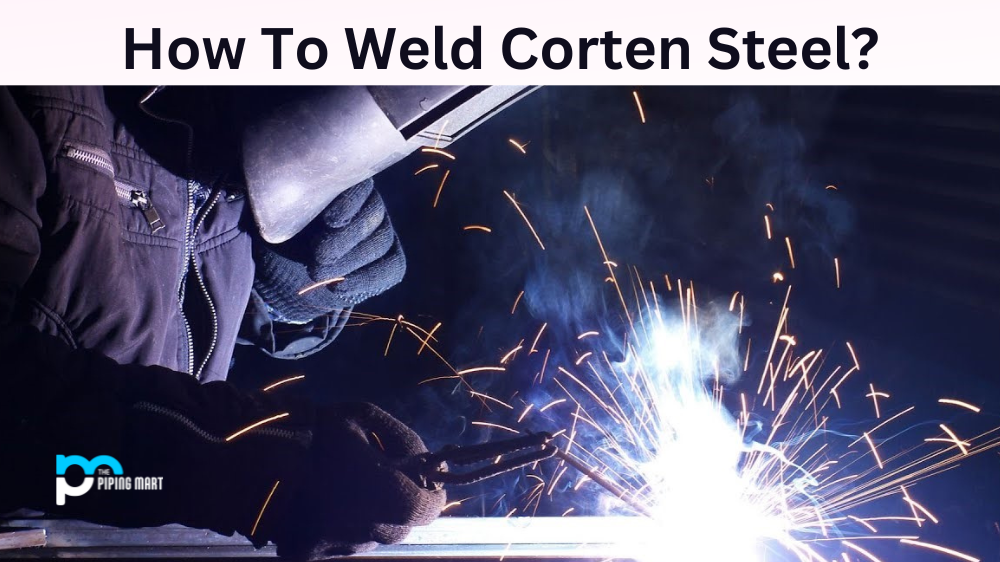Steel is one of the most popular options when it comes to the choice of materials for constructing buildings, bridges, or even automobiles. It’s durable, flexible, and easily shaped into any form. But two types of steel are commonly used: standard steel and stainless steel. While they may look the same, they have distinct differences that set them apart. In this article, we will compare standard and stainless steel, highlighting their strengths and weaknesses and their performance in different applications.
Difference Beetween Standard Steel and Stainless Steel
Composition
To understand the differences between standard and stainless steel, it’s essential to look at how they are manufactured. Standard steel, also known as carbon steel, is an alloy that is made of iron, carbon, and other materials such as manganese, silicon, and sulfur. On the other hand, stainless steel is an alloy made of iron, chromium, and other materials such as nickel, molybdenum, and titanium. Adding chromium to stainless steel gives it its characteristic resistance to corrosion and stains.
Strength and Durability
Standard steel is known for its strength and durability but is more prone to rust and corrosion than stainless steel. It has a lower resistance to environmental factors such as moisture and humidity, so it must be coated or painted to prevent corrosion. On the other hand, stainless steel is much more corrosion-resistant and can withstand harsh environmental conditions without additional coatings or treatments.
Cost
In terms of cost, standard steel is generally less expensive than stainless steel. This is because the manufacturing process for standard steel is simpler and requires fewer raw materials. Stainless steel, on the other hand, requires more complex manufacturing processes and more expensive materials, making it more expensive. Standard steel may be the better option if cost is a major concern.
Applications
When it comes to applications, both standard steel and stainless steel have their own set of advantages. Standard steel is commonly used in construction, automotive, and manufacturing industries because of its strength and durability. It’s also easier to weld and shape compared to stainless steel. On the other hand, stainless steel is preferred in applications where corrosion resistance is important, such as in the medical, food, and chemical industries. It’s also commonly used for building façades and sculptures because of its aesthetic appeal.
Maintenance
Finally, let’s talk about maintenance. Standard steel requires more maintenance than stainless steel due to its vulnerability to rust and corrosion. It must be regularly inspected, repainted, and coated to protect it from environmental factors. Stainless steel, in contrast, requires much less maintenance because of its high corrosion resistance. A simple cleaning with soap and water is enough to keep it looking as good as new.
- Standard steel is an alloy of iron and carbon, while stainless steel is an alloy of iron, chromium, and carbon.
- Standard steel is less resistant to corrosion than stainless steel.
- Stainless steel is more expensive than standard steel.
- Stainless steel is used when corrosion resistance is important, such as in food processing or medical equipment.
- Standard steel can be used in various applications, including construction, automotive, and machine parts.
- Standard steel is typically welded, while stainless steel can be welded or soldered.
- Stainless steel is available in various grades, each with different levels of corrosion resistance.
- The choice of stainless steel or standard steel for an application depends on the application’s requirements.
Conclusion
In conclusion, both standard and stainless steel have strengths and weaknesses. Standard steel is more robust and durable but is also more prone to rust and corrosion. Stainless steel, on the other hand, is more expensive but is highly resistant to corrosion and stains. When choosing between the two, it’s important to consider the specific application, the environmental conditions, and the budget. With the right choice, steel can offer a reliable and long-lasting solution for many projects.




